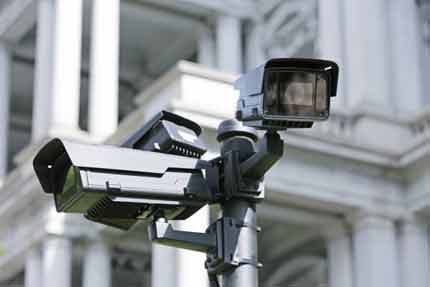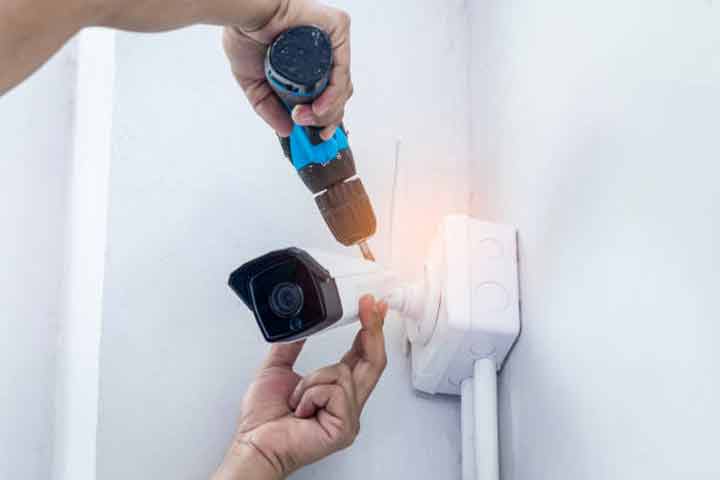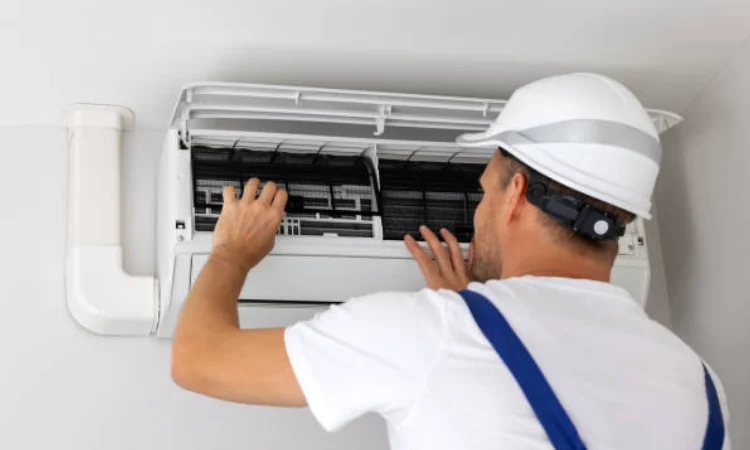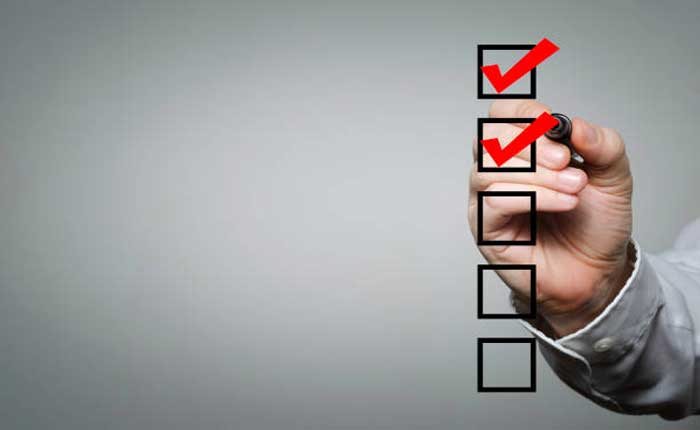The first thing to consider in security Camera Installation is location. Think like a criminal to decide the most vulnerable areas for intruders. The front door is not the only point of entry; windows in buildings must also be monitored. The most effective CCTV installation monitors all entrances, including those with glass. The next factor is the type of surveillance you’d like to get. A simple video recording system with no motion detectors can work fine, but an advanced surveillance system will work best if it monitors every possible entrance.
Building a CCTV System from scratch

Before you begin the installation process, you need to determine the best location for your CCTV cameras. You can install wired or wireless cameras. Make sure that the cameras are installed high and in clear view. If possible, mount them on a stud, rather than on the wall. If possible, choose a room where they won’t be visible to unauthorized individuals. If you don’t have a stud, consider using wireless cameras with wall mounting.
If you have multiple cameras, a central hub is necessary. This hub should be easy to access and provide multiple outlets for each camera. An attic or office makes a good base for your surveillance system. You should also purchase a DVR. If you have multiple cameras, you should buy one DVR. Make sure to purchase a single-cylinder cable with BNC and coaxial attachments on each end. Make sure that the cables are firmly attached.
Defining the purpose of a CCTV camera
Defining the purpose of a surveillance camera installation is essential for the installation of such a system. A CCTV system allows security personnel to watch over a property in real-time. It has many benefits. It helps you to identify suspicious activity, and you can rest assured that you are not the only one viewing the footage. There are also several different types of CCTV systems. To get an idea of which one is right for your needs, read on.
There are two types of CCTV cameras. Analog cameras and digital cameras are different types of CCTV cameras. Analog cameras don’t have a hard drive, so they don’t need a video capture card. The downside of digital cameras is that they require a large amount of storage, so if the internet connection goes down, the recorded footage isn’t available to view. Digital cameras, on the other hand, use a hard drive connected to a network to store footage.
Choosing a surveillance system
Choosing a surveillance system may seem easy enough, but there are so many options available! What type of surveillance system do you need? How many cameras do you need? What features do you want? How much money do you have to spend? There are so many different decisions to make, and it can get confusing! Fortunately, there are some guidelines to help you make the right decision! Listed below are some important tips that will help you find the perfect surveillance system for your home or business.
Having a surveillance system is an important investment for your business. While you should choose a reliable manufacturer with a solid reputation, you should consider the types of cameras available and how you’ll be using them. Most video systems connect to other devices, including smartphones and tablets. In addition, you should consider the redundancy of the system, which is important when you’re dealing with the security of your home. Consider the options for monitoring and if you need to monitor your surveillance system on a regular basis.
Installing a surveillance system
Before installing a CCTV camera system, it is important to ask yourself several questions. What is the main purpose of the system? What are the most important areas to monitor? What kind of cameras and DVR should you choose? Where should the cameras be installed? Choosing the wrong location for a CCTV system can severely limit the effectiveness of the system. In some cases, the right location may be more important than the type of cameras.
A central hub is a necessary part of any CCTV camera installation. It should be easy to access and have a place for the wires to go from there. If you are installing several cameras, you should base your surveillance system in the attic or an office. One DVR should be installed. Video cables will consist of a single cylinder with a BNC attachment on one end and a coaxial cable on the other.







